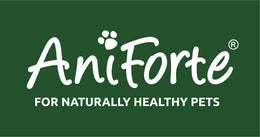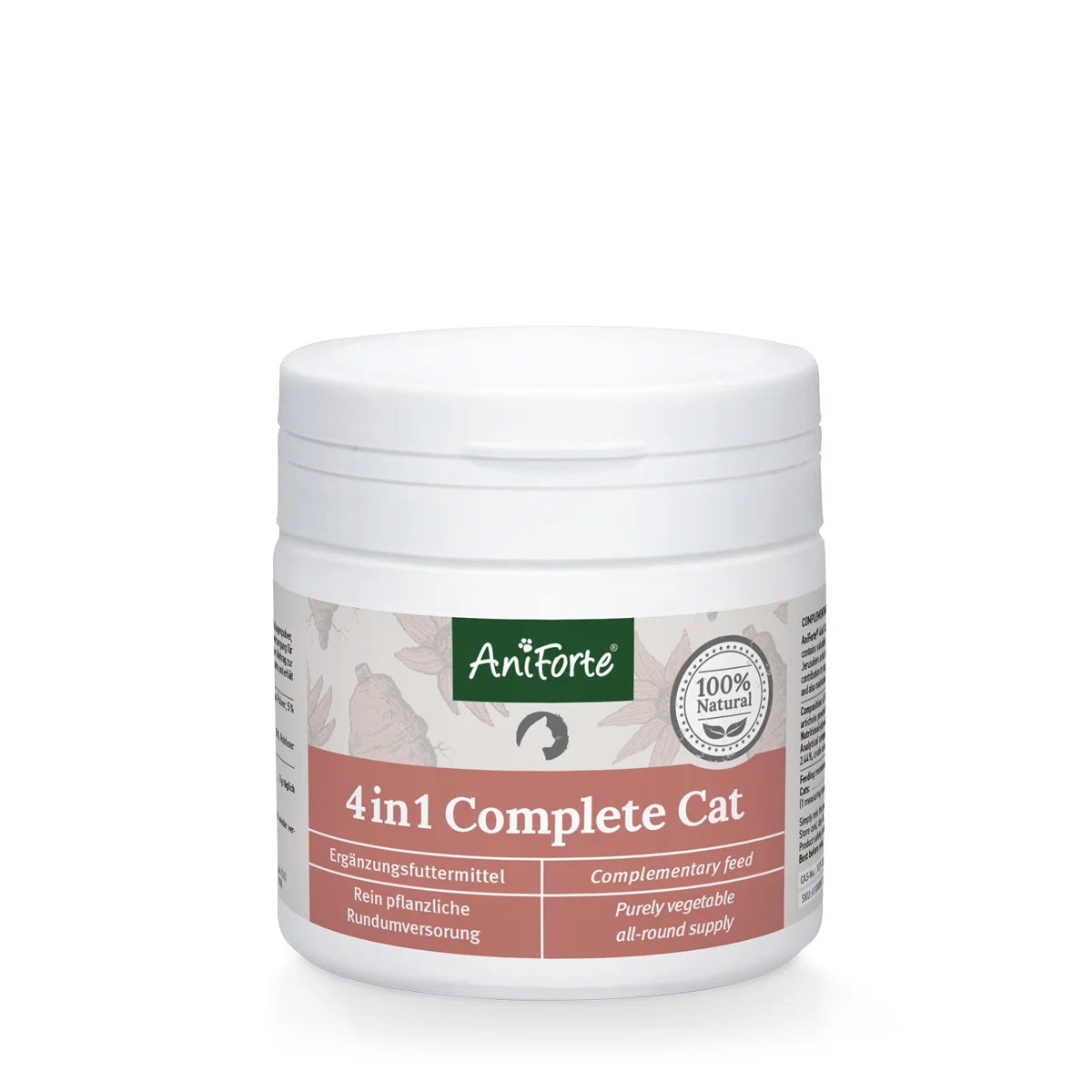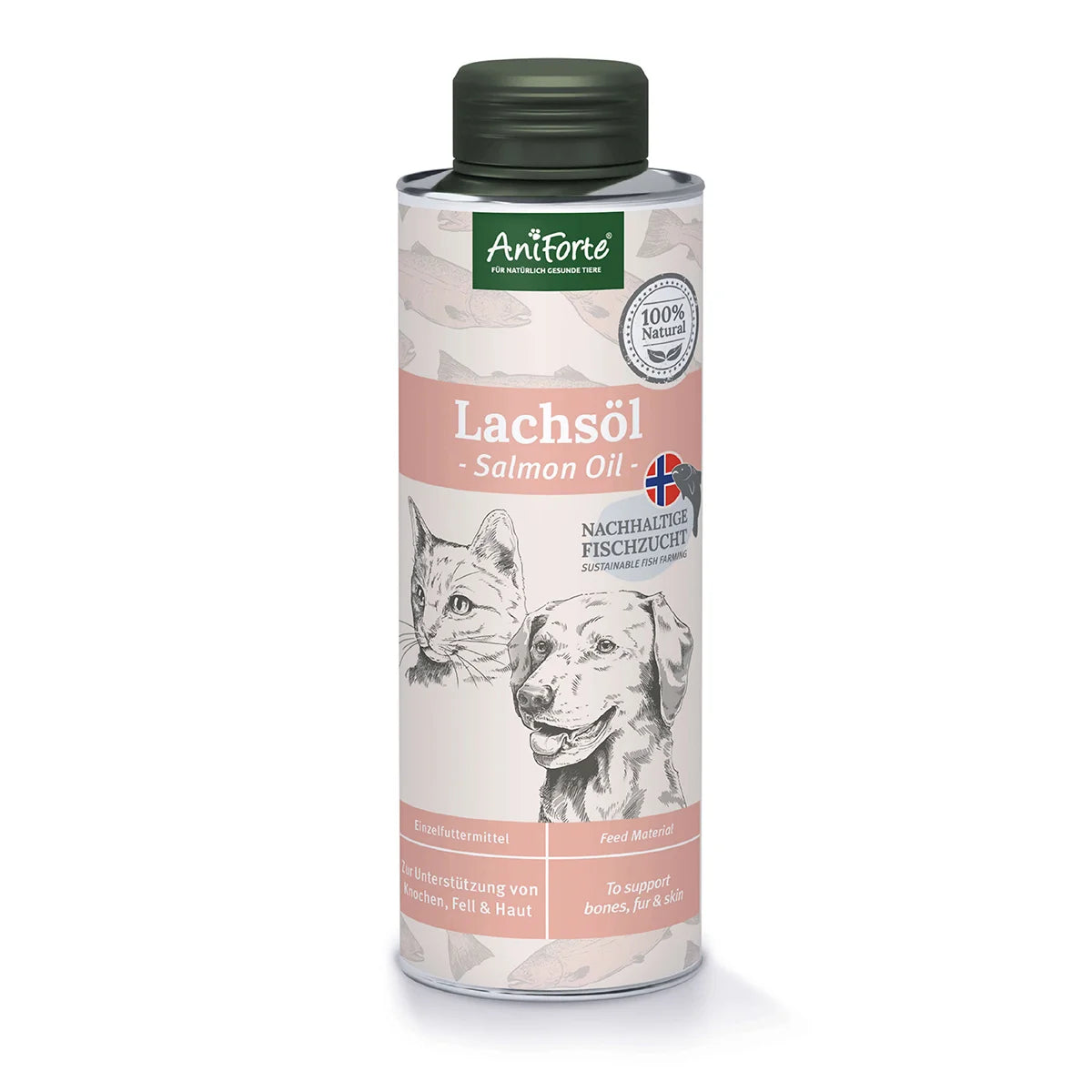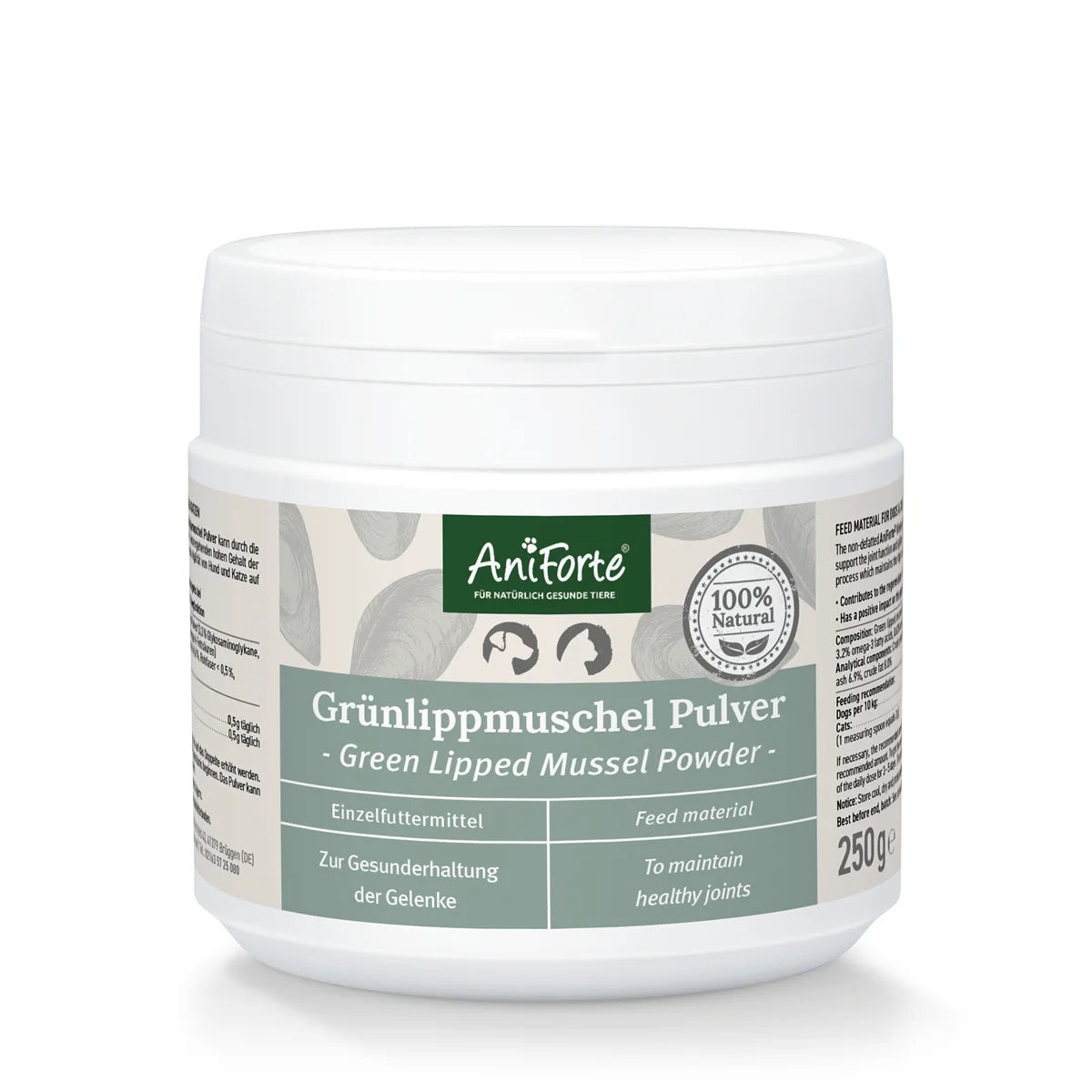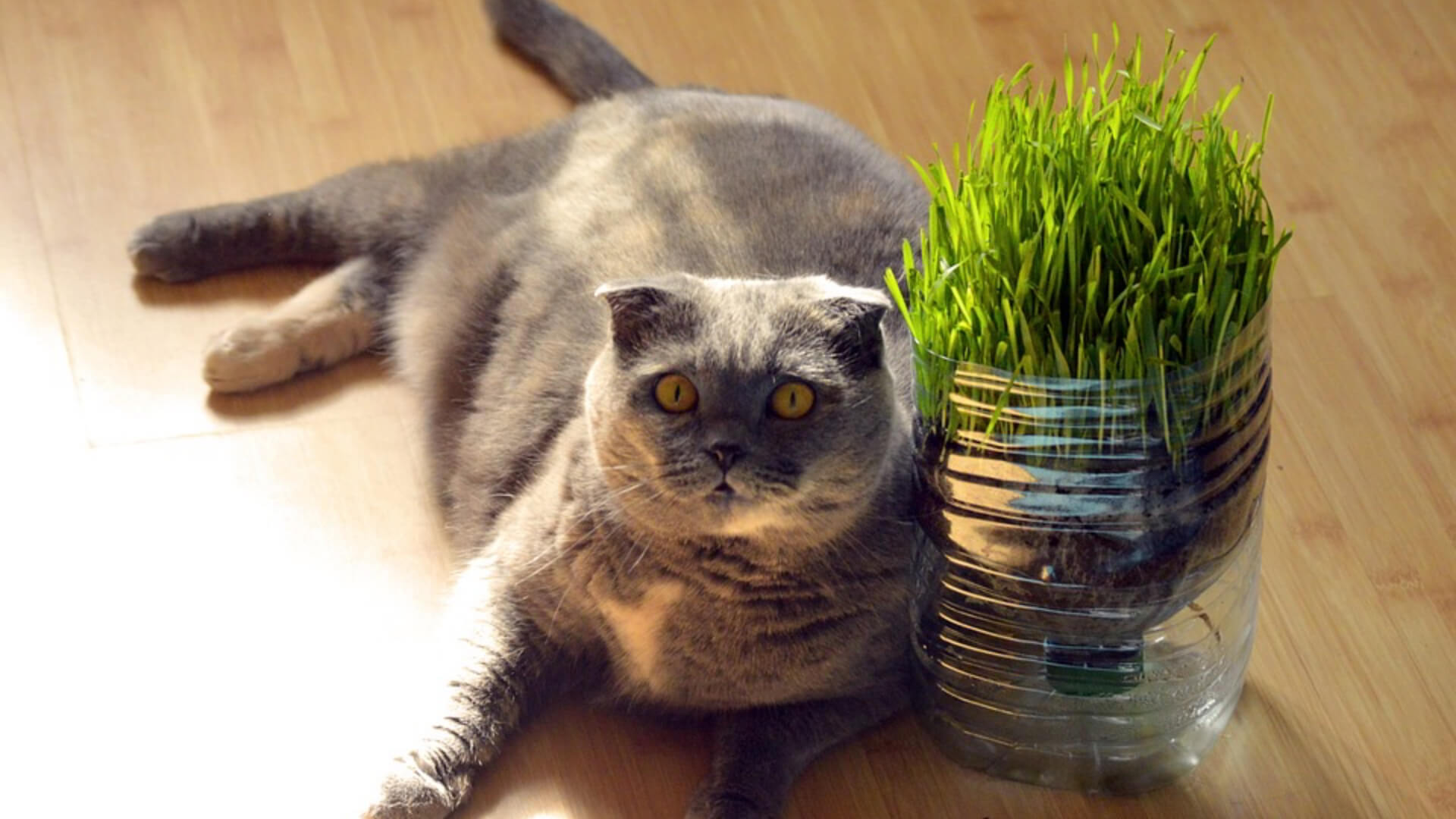How to avoid fleas and ticks on your pet this summer
It’s not just you and your pet who like to get out and about while it’s warm. Fleas and ticks are also most active in the summer months and early autumn, meaning it’s essential to take precautions against these common pests.
Your pets can get infested with these parasites from the natural environment or through contact with other animals. Besides causing your pets to scratch, they can also lead to more serious health problems. So, it’s essential to refresh your memory as to what ticks and fleas are, and what you can do to avoid them. If you’re already dealing with an infestation, we’ll also see what you can do to fight it.
What are ticks and fleas?
Ticks and fleas are two different kinds of parasites which mainly live off the blood of mammals such as dogs, cats, rabbits and even humans. Their bites cause mammals to itch and can lead to health problems and, in the case of fleas, unpleasant infestations of your home.
Let’s take these creepy creatures one by one and look at how you can tackle them.
What is a flea?
Fleas are small black wingless jumping insects, the size of the head of a pin. Their bodies are flat which makes it easy for them to travel through your pet’s fur. The most common types of fleas found in our pets are called Ctenocephalides felis and Ctenocephalides canis. Even though their main hosts are dogs and cats they can also bite humans.
Flea symptoms
A flea’s bite causes itching, and for those pets who are allergic (many pets are allergic to fleas) it can cause severe itching leading to hair-loss, inflammation and secondary skin infections – also known as FAD (Flea Allergy Dermatitis). Fleas can also pass internal parasites leading to weight loss and other health problems. They may also cause a worm infection, so deworming is also very important after a flea infection.
Flea infestations in pets are very common and, usually, the whole house gets infested too, making it very difficult to stop their elaborate cycle. When an infestation happens, around 95% of the fleas, their eggs and immature forms are in the environment – beds, carpets and garden - and only the remaining 5% are on the pet’s body. This makes it very challenging to eliminate a flea infestation.
How to tell if your pet has fleas
Fleas love furry areas but they are quite fast; so sometimes it’s not so easy to spot them. The best way is to look for their faeces (resembling dark specks of pepper) on the skin surface.
Flea prevention and treatment
To prevent fleas, it’s important to use a flea repellent like itchy skin spray especially during the warmer weather. This both prevents and calms, an ideal advocate when wanting to prevent fleas with a natural remedy, whilst also providing flea treatment for dogs. It’s a great alternative to dog flea shampoos and treatment tablets.
What is a tick?
Ticks are parasitic arthropods (meaning ‘spider-like’). They are bigger than fleas, and they can reach up to 1cm in diameter. They’re attracted to warmth and motion, often seeking out mammals like dogs, cats and humans. Ticks can be vectors for diseases like babesiosis and ehrlichiosis which are very serious conditions.
Ticks tend to stay in tall grass waiting for hosts. When a host appears, the tick climbs on and attaches to their skin to make their meal. On dogs, ticks often attach themselves in areas with little, to no hair, typically in and around the ears.
Tick symptoms
The symptoms of most tick-borne diseases include fever and lethargy, but the signs can take days, weeks or even months to appear.
How to tell if your pet has a tick(s)
After walks, it’s worthwhile examining your dog to make sure that they’re clean of ticks. The same goes for cats – check them on a daily basis. If you see a tick, it’s important to carefully remove it, preferably before it’s had a chance to become engorged.
Tick prevention and treatment
We would recommend being vigilant, avoiding walking with your dog through long vegetation, especially in spring and summer. Our Tick shield range (which we offer for small dogs, medium dogs, large dogs and cats) is a natural defence option adapted specifically for your pet. It contains a Vitamin B complex which, when consumed, creates an odour that is repellent to ticks, flea, mites, and other parasites but is imperceptible to pets and humans. We also have the Spot-on Ectoprotex products, one for cats and one for dogs. They provide long-lasting protection against ticks and other ectoparasites such as fleas and mites. Last, but not least on the list are our Flea-Ex Spray and Flea-Ex Powder, which contain natural oils that drive away fleas and guard against their return.
Make fleas and ticks flee!
By taking a few simple precautionary measures, you make it much less likely that your pets will become infested with these unpleasant parasites – and ensure they can enjoy the sun without fear.
Flea and tick treatment doesn't have to mean dosing your pet in unnatural chemicals. See our range of 100% natural flea and tick treatments for dogs and cats.
Take Care,
Filipa Santiago
